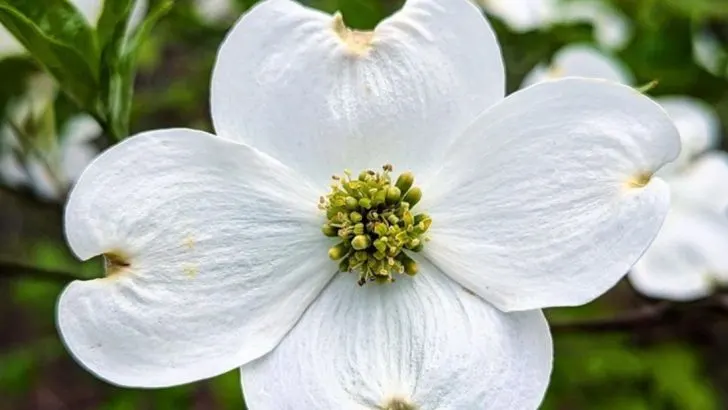Why settle for trees that shine only in one season when you can have year-round beauty? Some trees offer more than just spring blossoms or fall foliage—they change with the seasons, offering color, texture, and even wildlife value all year long. These are the kinds of trees that anchor a landscape, providing structure and charm no matter the month.
From evergreens with striking shapes to deciduous varieties that surprise you with bark patterns, berries, or winter silhouettes, these 13 trees are long-term investments in your garden’s visual appeal. Whether you’re starting fresh or enhancing an existing space, these picks will keep things interesting 365 days a year.
Japanese Maple
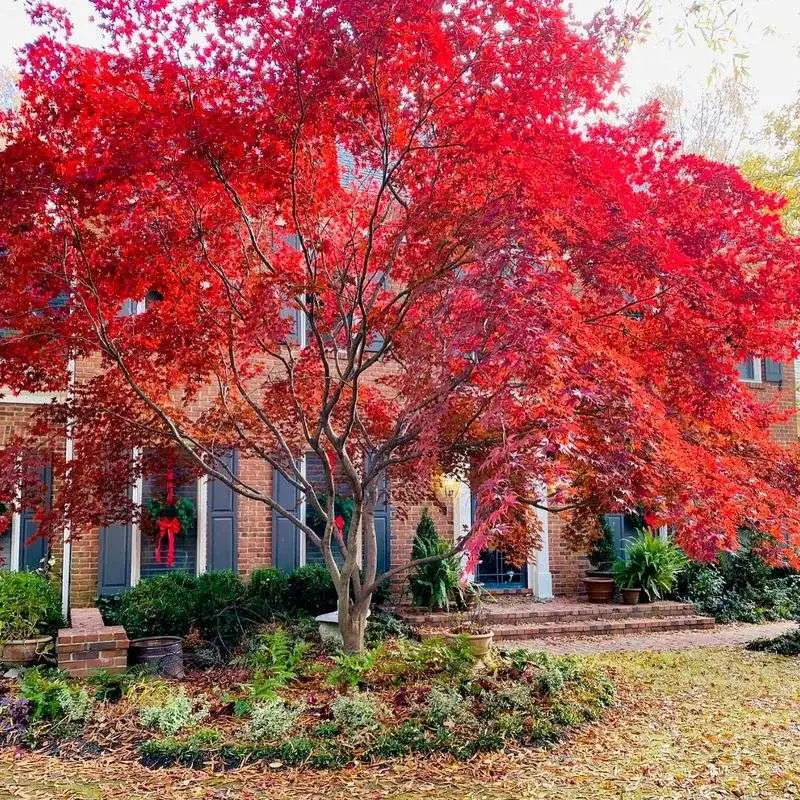
Among the showiest of trees, the Japanese Maple is renowned for its striking fall colors that range from fiery reds to deep purples. It boasts delicate, lacy leaves that turn landscapes into a painter’s palette each autumn. Beyond its autumnal brilliance, the tree’s graceful form and textured bark add interest year-round.
In spring, fresh green leaves emerge, offering a sense of renewal. Its compact size makes it suitable for small gardens, patios, and urban spaces. A favorite among landscapers, its versatility ensures it fits various garden styles, adding elegance and vibrancy.
Flowering Dogwood
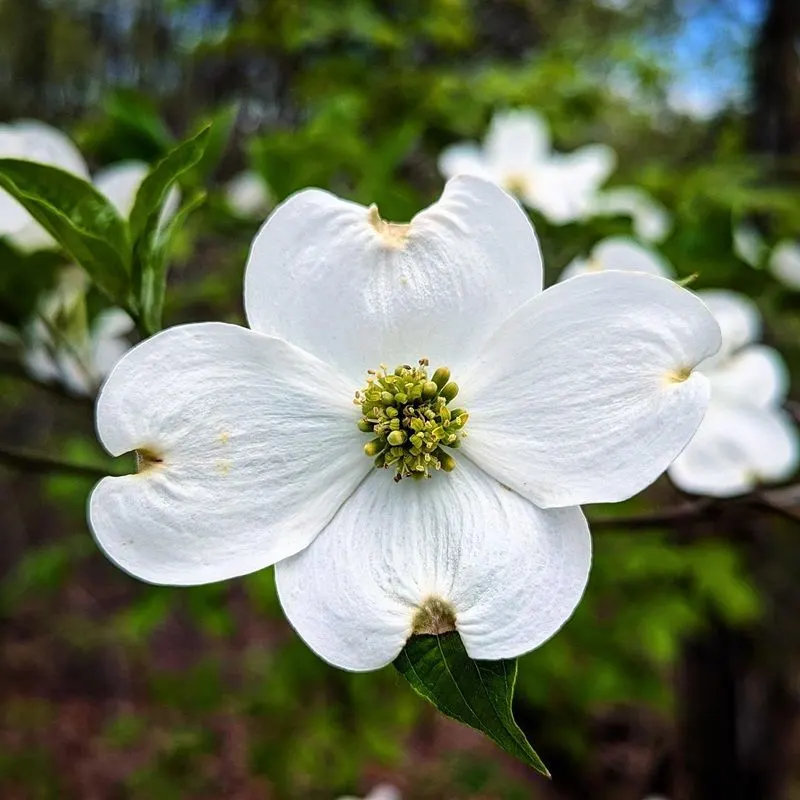
The Flowering Dogwood stands out with its charming blossoms that signal the arrival of spring. These beautiful white or pink flowers cover the tree, creating a breathtaking display. Its appeal doesn’t end with spring; in fall, the foliage turns a spectacular red, adding to its visual appeal.
Winter reveals the tree’s graceful form, with its distinctive bark and branches creating striking silhouettes. It’s a versatile tree, thriving in both urban and rural settings. Perfect for those seeking seasonal charm, the Flowering Dogwood brings beauty and interest from spring through winter.
Southern Magnolia
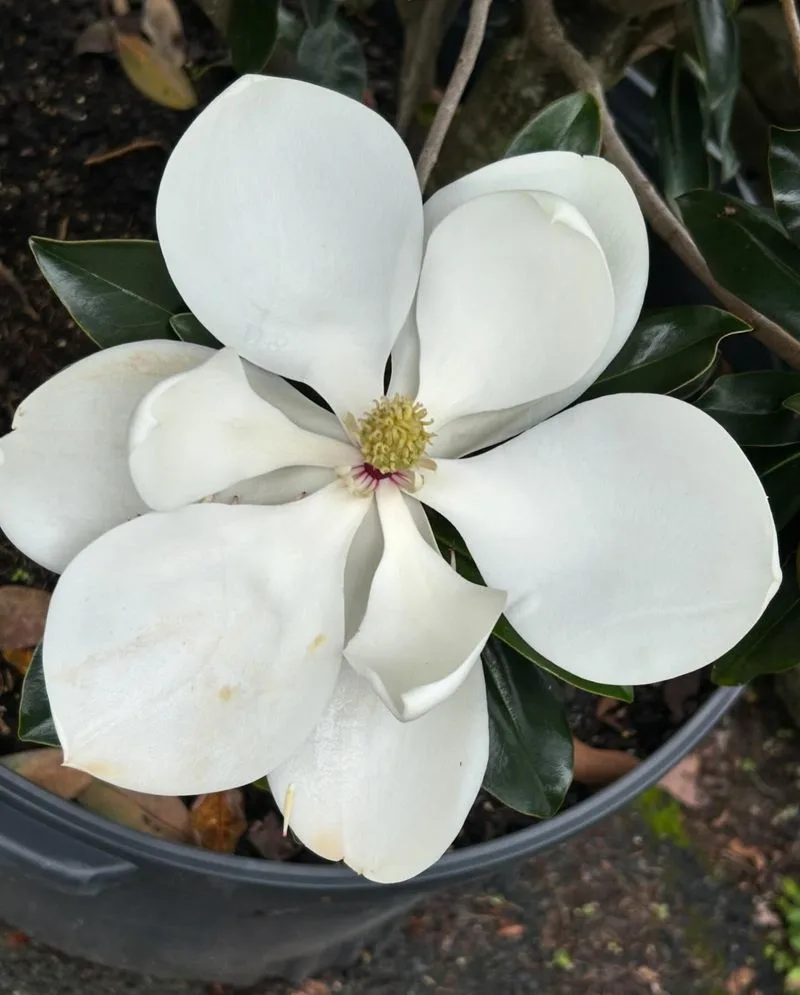
Known for its grand, creamy white blossoms, the Southern Magnolia is a symbol of elegance and beauty. These flowers are not only breathtaking but also release a sweet, intoxicating fragrance that enhances any garden.
In addition to its blossoms, the tree’s glossy, evergreen leaves provide year-round interest. Even in winter, the Southern Magnolia stands proud with its impressive foliage. Its majestic presence makes it a focal point in any landscape, ideal for those wanting to add a touch of Southern charm to their garden.
River Birch
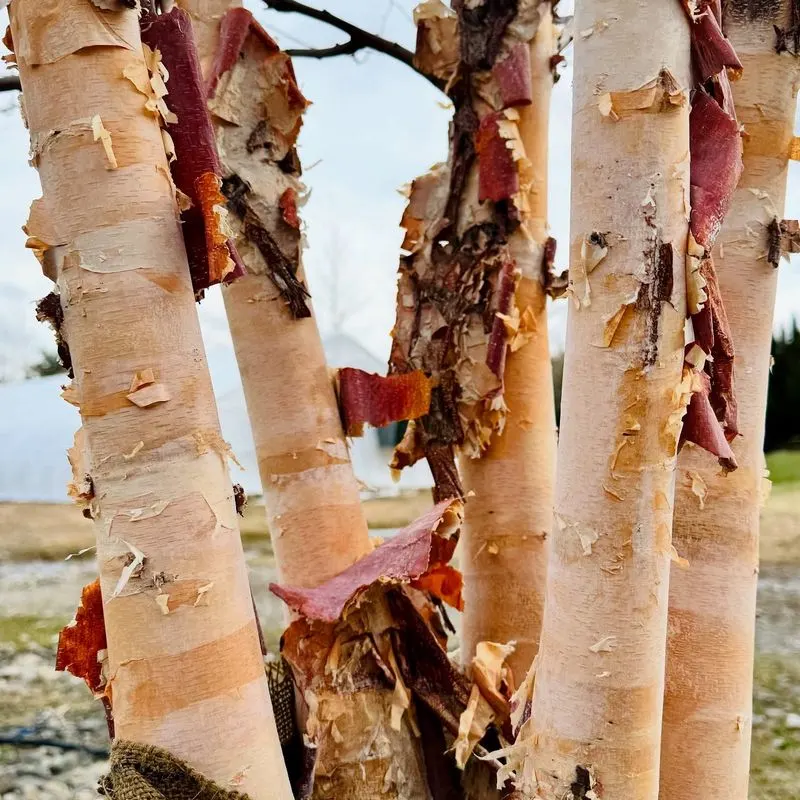
With its unique exfoliating bark, the River Birch provides interest even in the starkest winter months. This tree’s bark peels away in papery layers, revealing shades of cream and tan beneath, captivating the eye.
During the growing season, its lush, green foliage offers a cooling canopy, perfect for shade. As autumn approaches, the leaves turn a golden yellow, brightening the landscape. The River Birch thrives in wet areas, making it ideal for planting near water features. Its hardy nature and striking appearance make it a versatile choice for diverse climates.
Crabapple
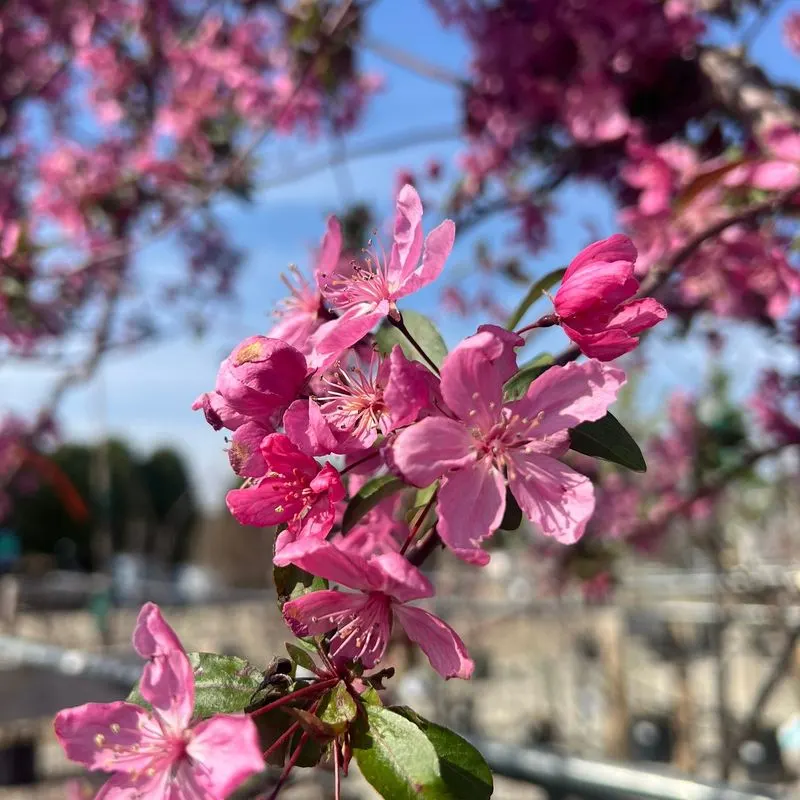
Crabapple trees capture attention with their profuse spring blossoms, available in shades ranging from white to deep pink. These vibrant flowers create a stunning visual spectacle, making them a popular choice for ornamental gardens.
As spring turns to summer, the blossoms give way to small, colorful fruits that attract birds and wildlife. In fall, the leaves transition to warm hues, adding seasonal charm. Though often compact, Crabapple trees are big on visual impact, offering a multi-seasonal appeal that enhances any landscape.
Weeping Cherry
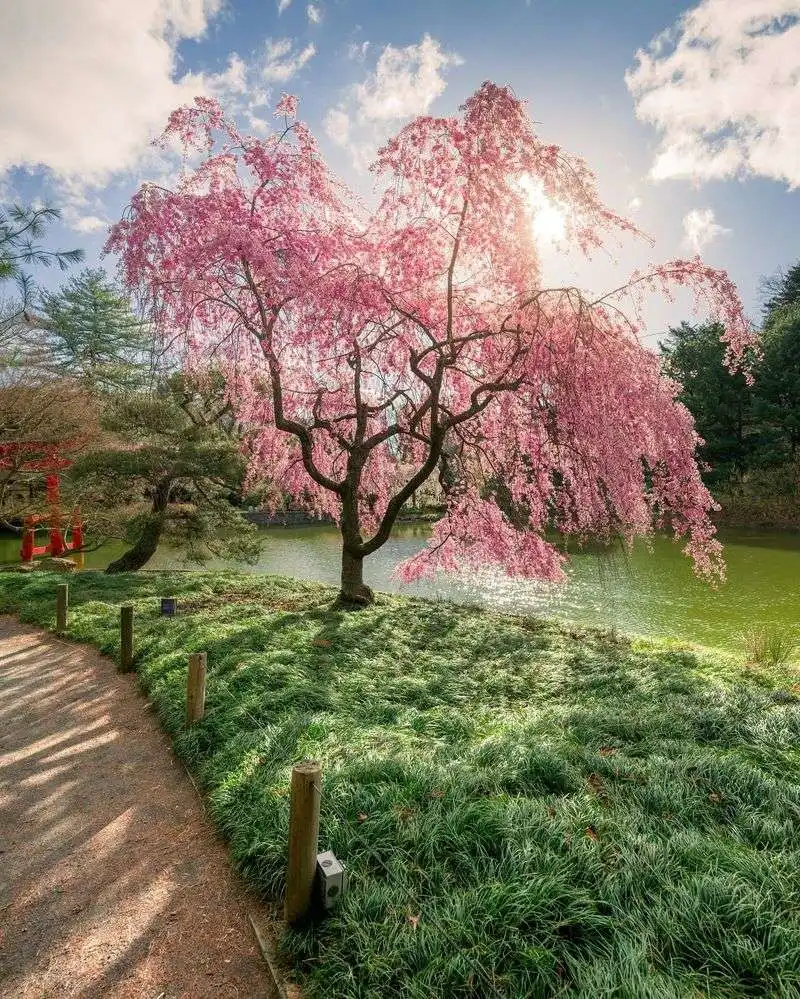
The Weeping Cherry tree mesmerizes with its cascading branches, laden with soft pink blossoms each spring. This elegant tree offers a sense of tranquility and beauty, reminiscent of classic Japanese gardens.
Beyond its springtime allure, the tree’s graceful, arching form adds year-round interest. In autumn, the leaves turn golden, providing a warm contrast to its delicate branches. Often planted as a focal point, the Weeping Cherry’s timeless appeal and gentle sway in the breeze make it a cherished addition to various landscapes.
Ginkgo Biloba
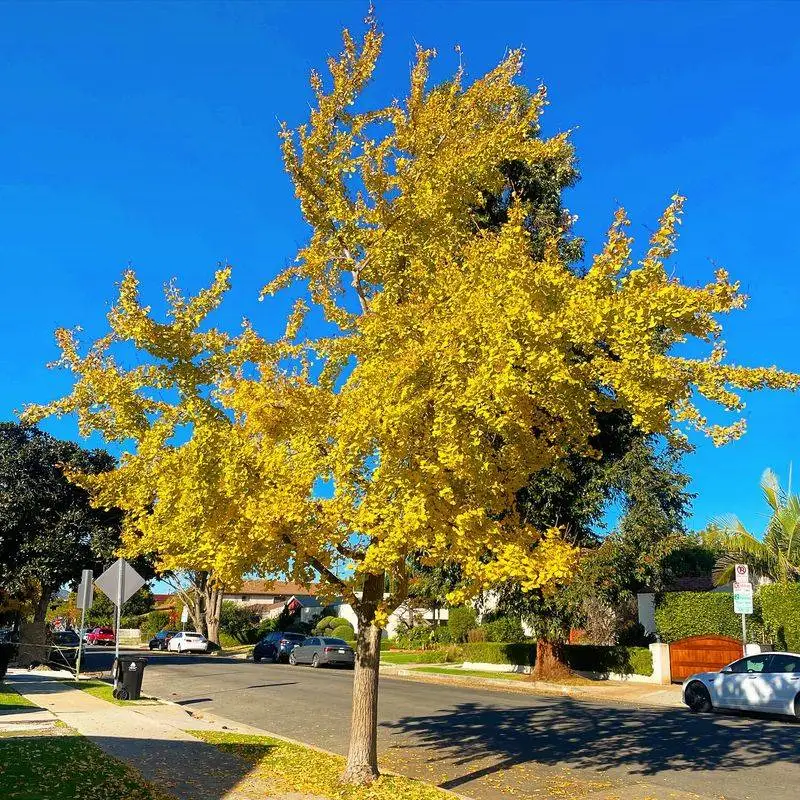
Ginkgo Biloba, with its distinctive fan-shaped leaves, paints the landscape in golden hues each autumn. This ancient tree, often referred to as a living fossil, has a storied history and resilience that captivates gardeners.
In spring and summer, the tree’s lush canopy provides refreshing shade. Its unique leaf shape and vibrant fall color make it a conversation starter in any garden. Ginkgo trees are hardy and adaptable, thriving in urban environments and adding a touch of history and beauty to modern landscapes.
Redbud Tree
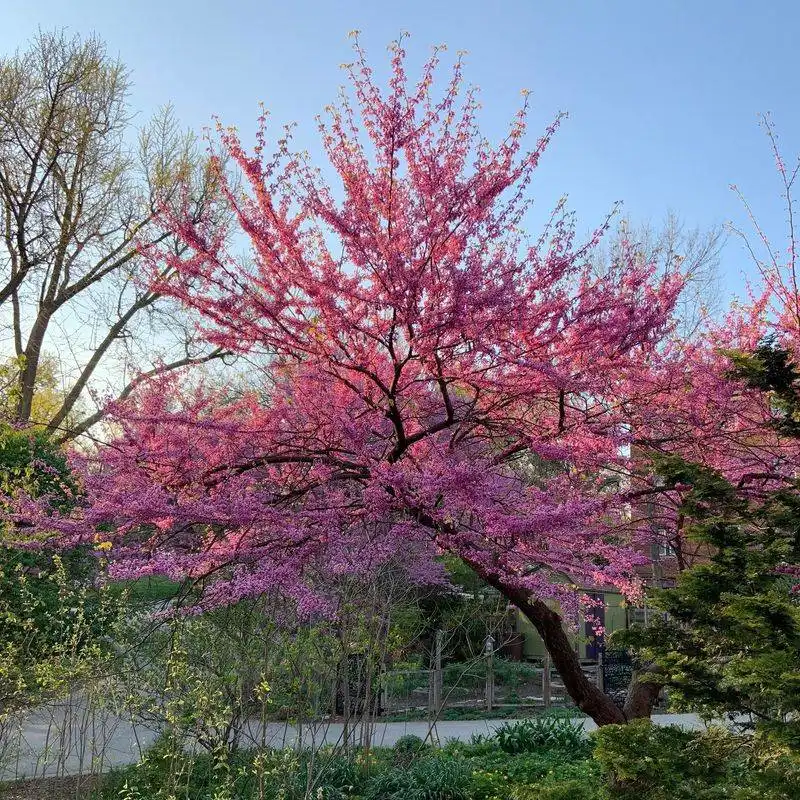
Redbud trees are among the first to herald spring with their bright pink or purple blossoms. These vivid flowers emerge directly from the branches, creating a striking and unique display.
As the seasons progress, heart-shaped leaves develop, offering a lush green canopy during summer. In fall, these leaves turn a warm yellow, adding to the tree’s seasonal appeal. Redbuds are versatile and adaptable, making them suitable for a range of garden settings. Their early spring color and charming foliage provide year-round interest and beauty.
Eastern Red Cedar
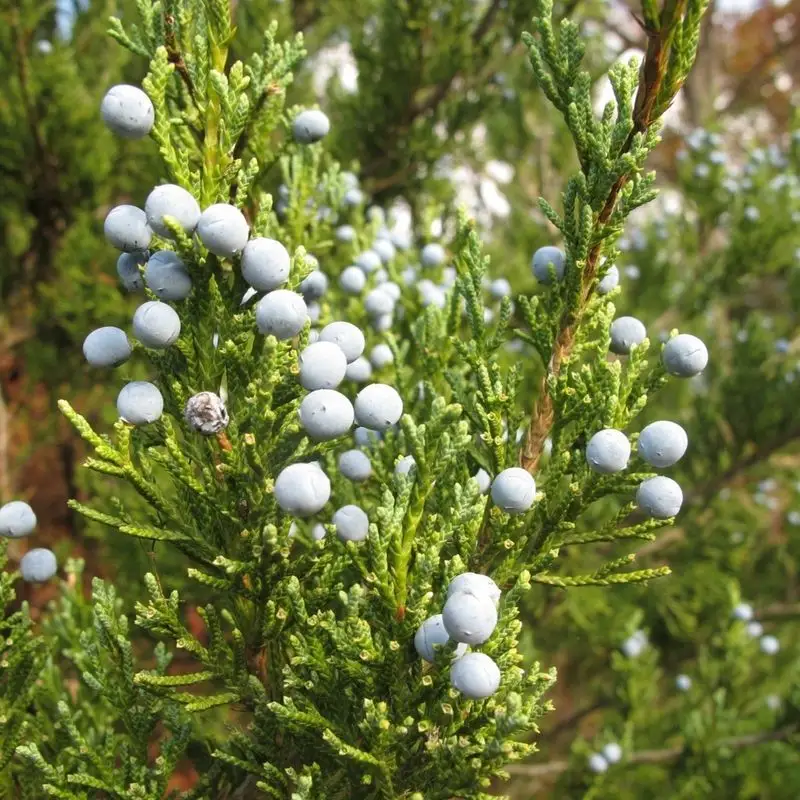
The Eastern Red Cedar stands as a testament to nature’s durability. Known for its dense, evergreen foliage, this tree offers year-round privacy with its lush, green screen.
In winter, its rich color remains unchanged, bringing life to bleak landscapes. The tree also produces small, blue-hued berries that attract birds, adding a dynamic element to gardens. Its wood, often used for crafting, exudes a pleasant aroma. Hardy and resilient, the Eastern Red Cedar is perfect for windbreaks, hedges, or standalone features in diverse landscapes.
Sugar Maple
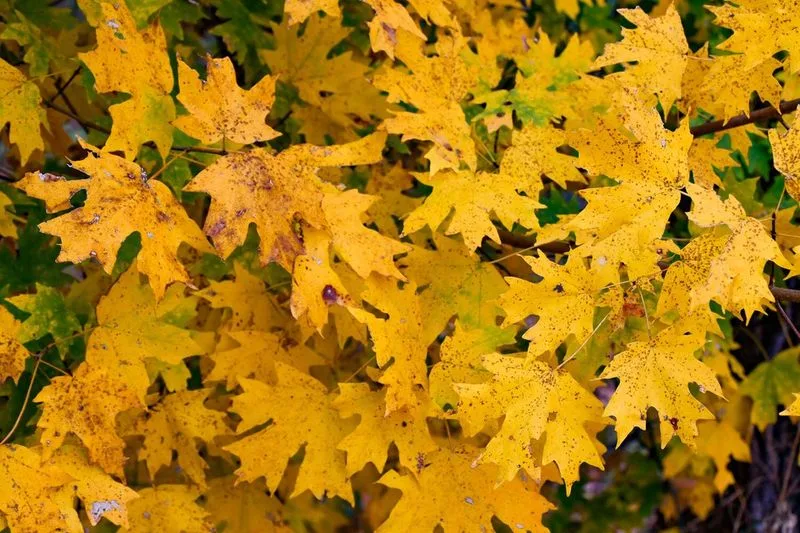
Renowned for its breathtaking autumn display, the Sugar Maple transforms landscapes with its vibrant orange and red foliage. This tree’s majestic presence becomes the centerpiece of any fall scene.
In spring and summer, its dense canopy provides soothing shade, making it a popular choice for parks and large gardens. Beyond its visual appeal, the Sugar Maple is famous for producing maple syrup, adding a sweet touch to its list of attributes. Its ability to thrive in various climates makes it a beloved choice for tree enthusiasts.
Crape Myrtle
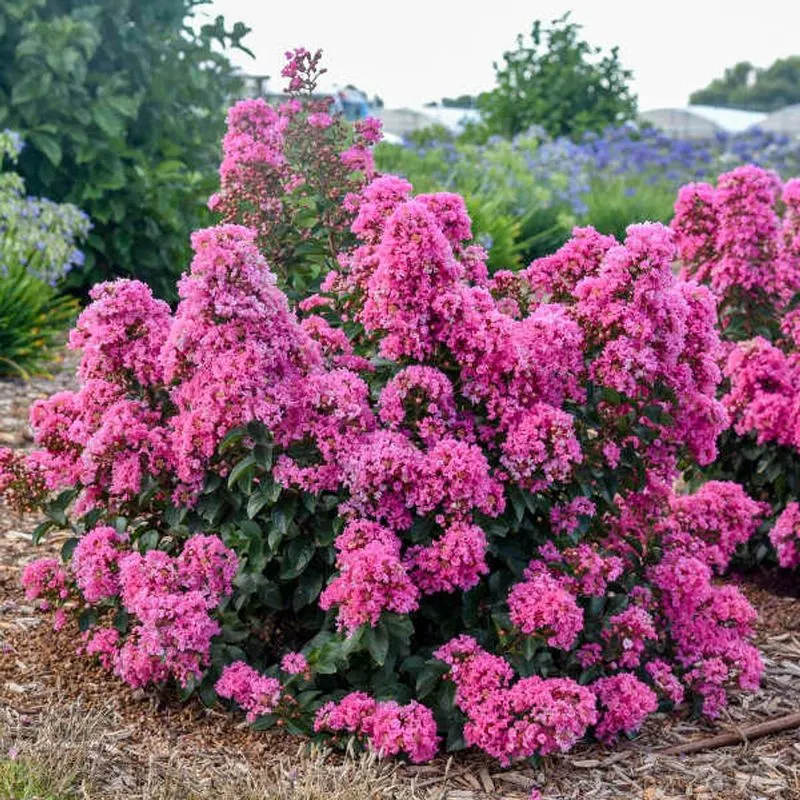
Crape Myrtle trees burst into life with vibrant summer blooms in shades of pink, red, and white. These clusters of flowers create a stunning contrast against the tree’s smooth, mottled bark.
As summer fades, the tree’s leaves turn to warm autumn hues, extending its seasonal interest. The bark, which peels to reveal a unique texture, offers visual appeal even in winter. Crape Myrtles are drought-tolerant and low-maintenance, making them ideal for urban environments. Their long-lasting blooms and colorful foliage ensure they shine in any landscape.
Holly Tree
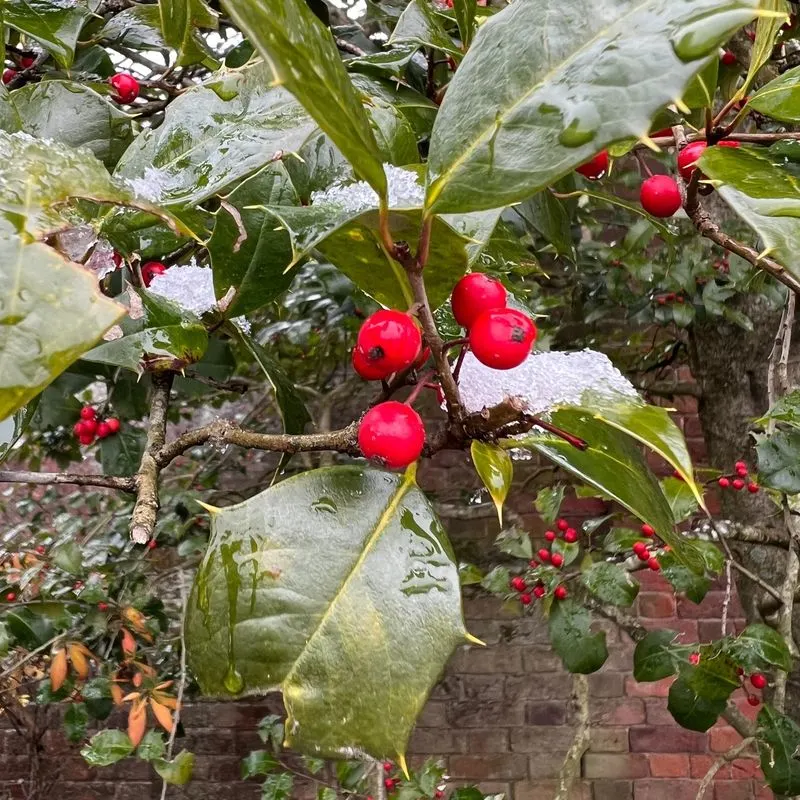
Famous for its festive appearance, the Holly tree brings cheer with its glossy green leaves and bright red berries. These berries not only add a splash of color but also attract birds to the garden.
Throughout the year, this evergreen tree maintains its vibrant foliage, providing structure and interest even in winter. The Holly’s dense growth makes it an excellent choice for hedges or privacy screens. Its classic look and low maintenance needs make it a favorite for those seeking year-round appeal with minimal effort.
Paperbark Maple
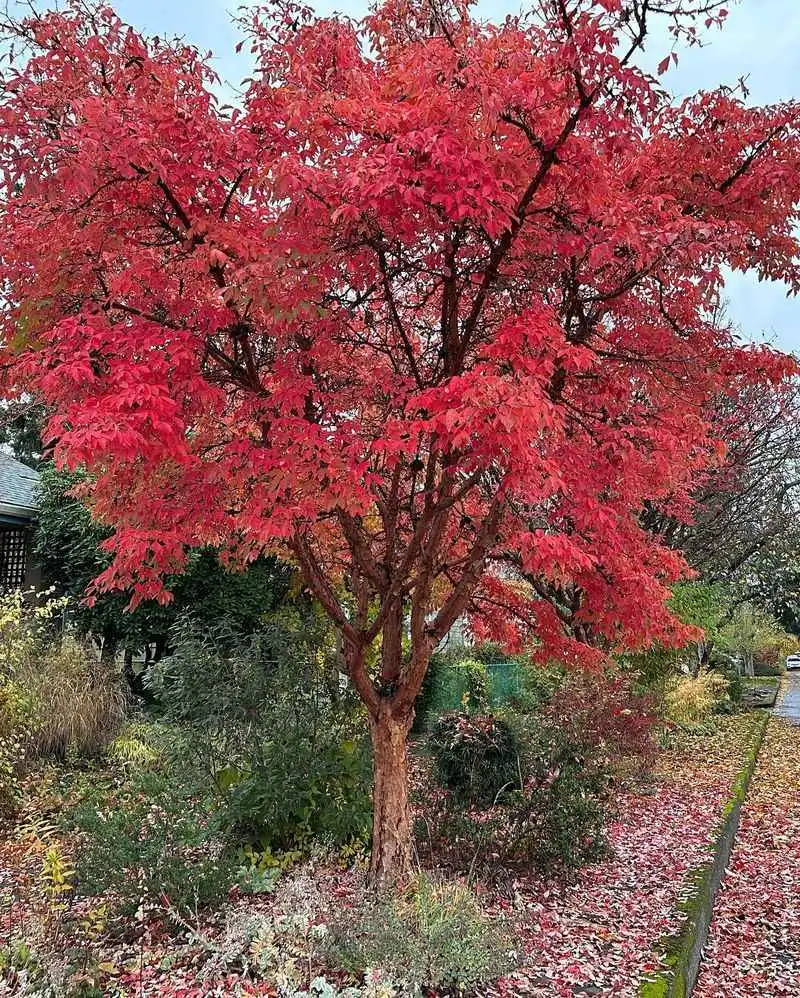
The Paperbark Maple is a visual delight, known for its unique peeling bark that reveals cinnamon-hued layers beneath. This feature stands out in winter, adding texture and warmth to the landscape.
In the fall, its leaves turn a striking red, enhancing its ornamental value. During the growing season, the lush green leaves create a soft, inviting canopy. The Paperbark Maple’s compact size makes it suitable for smaller spaces, and its distinctive bark ensures it remains a focal point year-round. It’s a choice for those who appreciate subtle beauty and texture.

